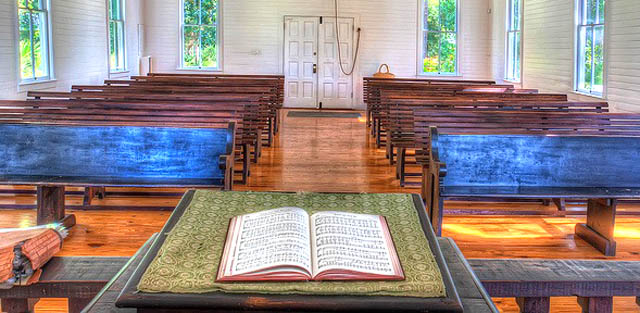The Evangelical Lutheran Church in America gathers statistics from congregations and publishes a searchable database on the internet. It is called the ELCA Trend report. If you a looking for a church within a certain radius, all you must do is plug in your zip code and the distance you are willing to travel. A list will pop up.
The list contains the name of the congregation, its address, phone number and web address if available.
We plugged 25 miles into the radius and a long list of congregations came up, stretching into New Jersey. We are quite familiar with the list. We’ve visited nearly 50 of the congregations.
The first thing we like to do when visiting is review the congregation’s web site to find the time of services and learn about their ministry in advance of our visit.
Here is an amazing fact. Thirty of the congregations within 25 miles of our area (excluding NJ) have NO WEB SITE. Many of them are congregations with mission status which means the synod has some oversight of their ministry. (Redeemer, the church SEPA claims is too small to minister, has two web sites! This is one. redeemereastfalls.com is the other)
Where do people go today when they are looking for a restaurant, doctor, school, specialty store . . . church? To the internet.
There is no excuse for any church to ignore the potential of the web, even if it is simply to publish their address and worship times. A simple site can be set up for $25 a year and would take just 15 minutes to publish. With templates readily available, the most basic effort can look professional.
Congregations without web sites are advertising their inability to evangelize in today’s world.
Why would congregations not take advantage of the web?
- Lack of knowledge. It’s a lot easier than it used to be.
- The thinking that the web site is for current members and current members aren’t interested. Web sites are more for potential members than members.
- Expense. They think it will cost hundreds or thousands of dollars. It used to! But not anymore. You can have a web site for $25 a year.
If you need help, call or write 2×2.
[contact-form-7 404 "Not Found"]







